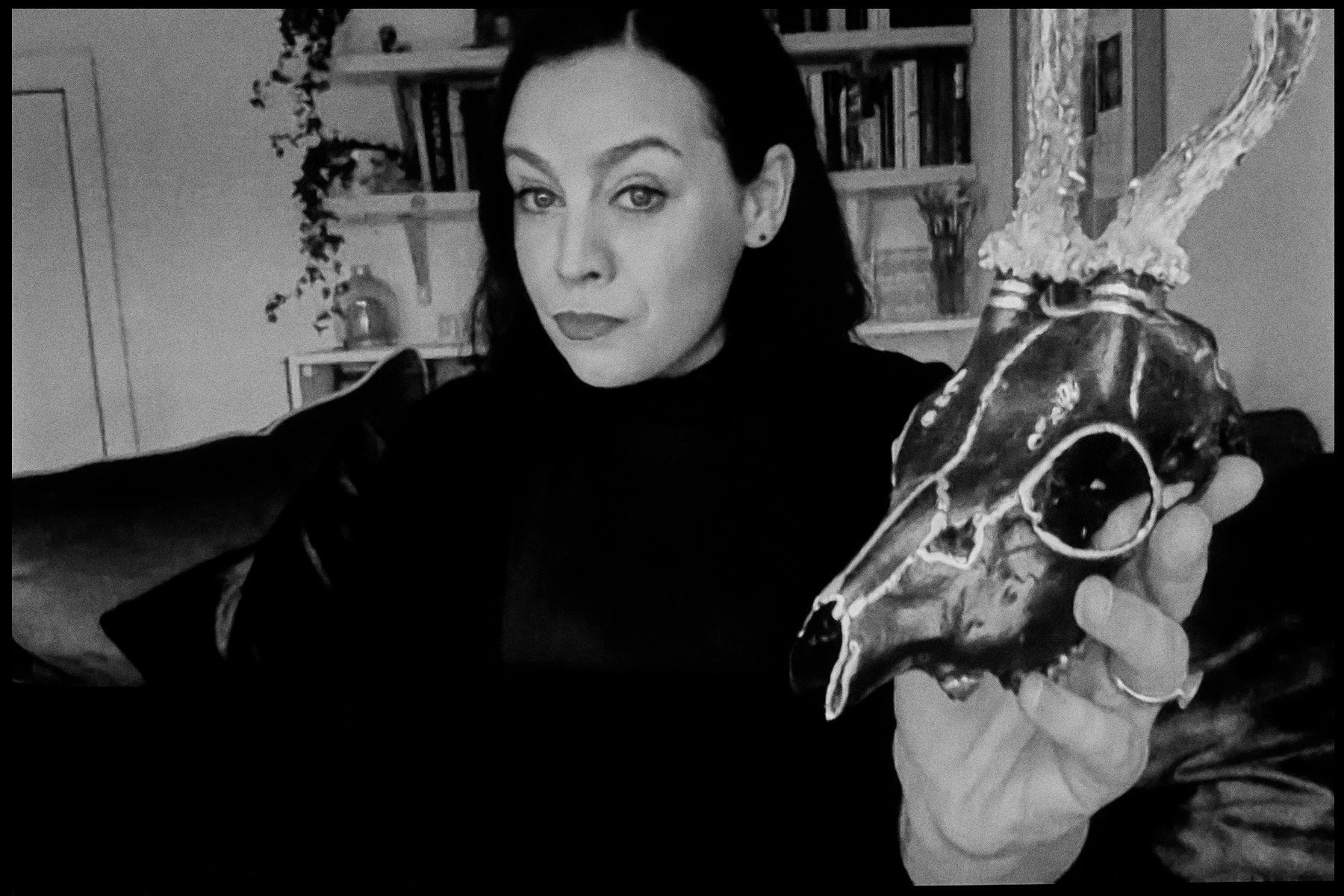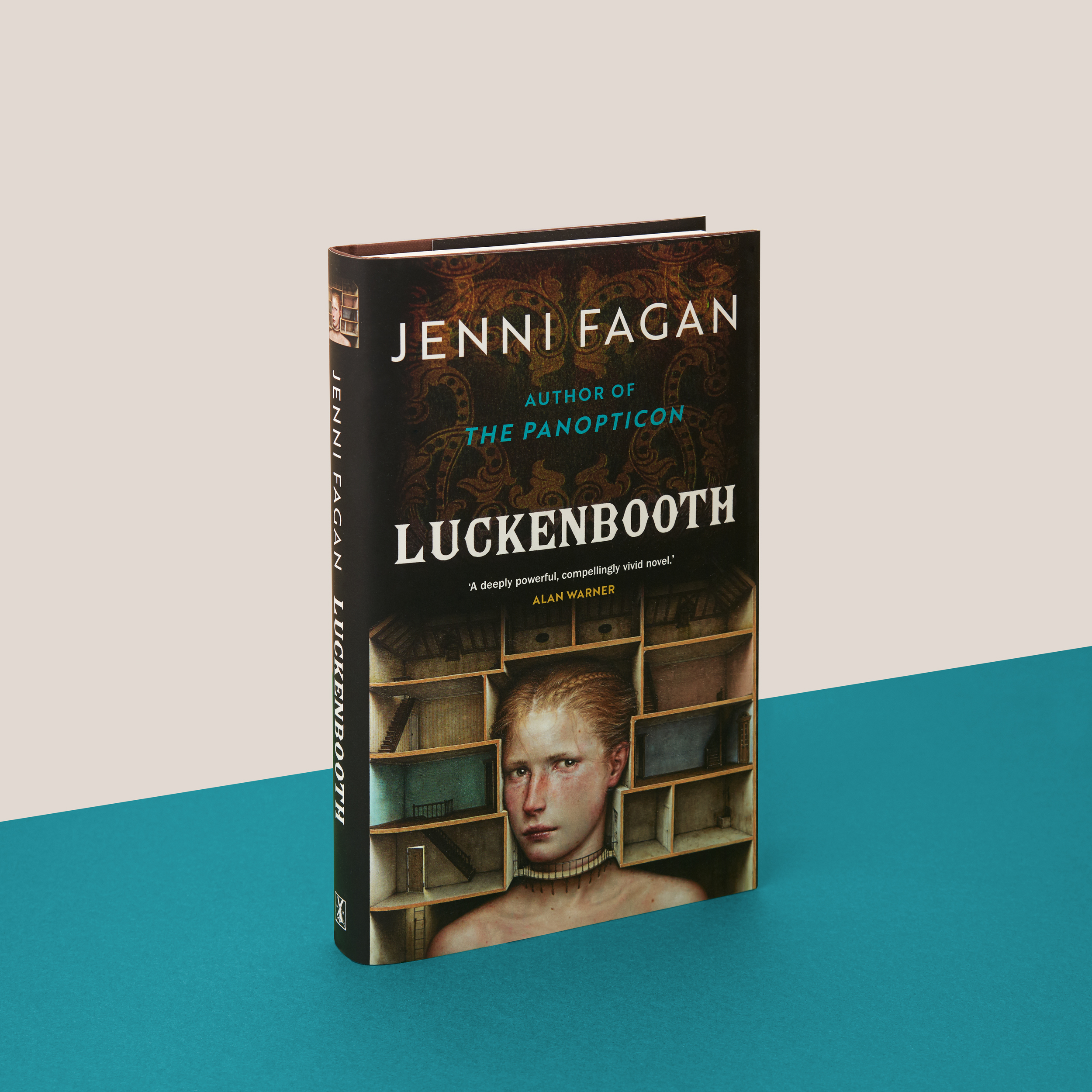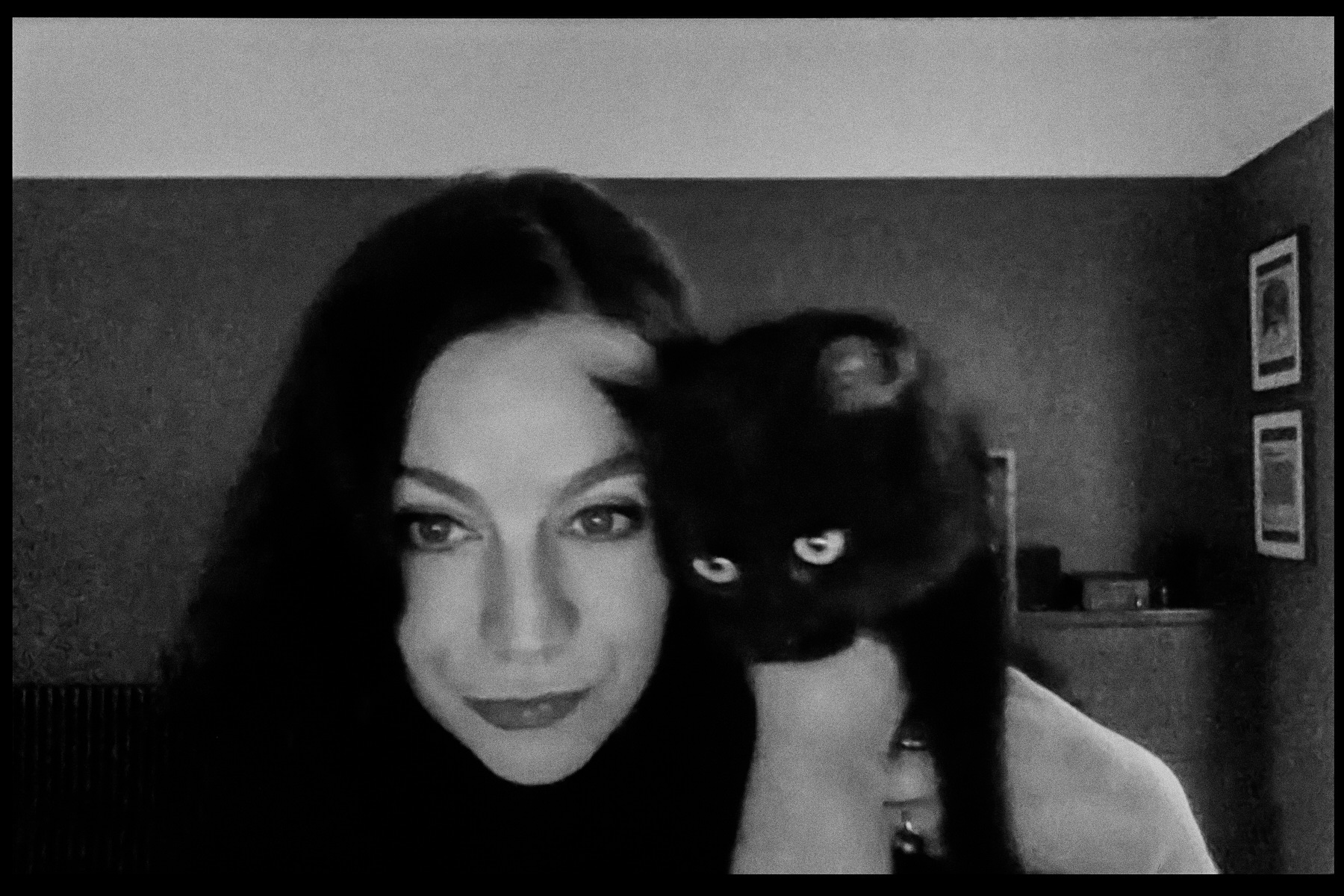
- Home |
- Search Results |
- How I wrote it: Jenni Fagan on Luckenbooth
How I wrote it: Jenni Fagan on Luckenbooth
Spanning 100 years and nine floors of an Edinburgh tenement building, Luckenbooth is dazzling readers with its literary ambition and wickedly good storytelling. Jenni Fagan tells us about the 20 years and wall-spanning plans she poured into her third novel.
If people asked Jenni Fagan what she was working on while she wrote Luckenbooth, she would tell them “and they would look a bit confused”, the author says. The novel sounds sprawling on paper – “I’d say I was writing a novel that was set in Edinburgh based over 100 years and goes through the lives of nine different sets of residents in nine different decades and all of their stories are entwined by this original story that will pull the rest of the narrative,” Fagan says – even if the finished product is an alluringly coiled spring of a book.
It took Fagan 20 years of thinking, and five of writing, to turn Luckenbooth from a grand concept into a gripping literary novel. Here’s how she wrote it:
When did you first think about writing Luckenbooth?
I moved into an old Edinburgh tenement when I was about 18. It was my first flat on my own and it was the smallest flat in Edinburgh. It was like living in a tall cupboard. I had to hammer my bed onto the skirting board to get it into the bedroom because it was so narrow. The flat was so densely dark and haunted that none of my friends would stay there when I was out of town, and I used to have horrific nightmares when I was there. All kinds of very strange things happened when I lived there; I had old televisions given to me by several people and they all blew up on the first day. The basement was so covered in needles from drug users that they couldn’t get any cleaning companies to come and clear it out. When workmen opened up the attic hatch and there was grass growing up, chest-high, and somebody had been squatting up there. I just imagined this person laying on the floor, looking at the city stars through the holey roof. And it was such a striking thing.
A lot of different things happened over the years I was living in that building. I would walk over the worn steps and think, I’m walking over the footsteps of hundreds of years. I knew that one day I wanted to set a novel in an old Edinburgh tenement that would cover a long period in history, but I also knew I needed to be a good enough writer to have a chance of making something that ambitious happen, so it was a long time before I decided to take the risk and go for it. It was my third novel, so I decided it was a sort of do or die situation – either I could make it happen or not.
The structure of Luckenbooth is quite complex. How did you plot it out?
That building, in the novel, has been drawn out onto the walls of three different houses that I renovated around Edinburgh while I was writing it. I went to sleep next to the plans, and woke up and was thinking like, “where’s the baby? Where’s the bone?” It was really creepy. I had nightmares sleeping next to the first wall for about six months.
I really needed those full walls to be able to work out what was happening in each decade – culturally, musically, politically, in fashion. I needed to know who was Prime Minister, if there had been a major world event. Those things began to define the lives of each different character.
There was one draft of the novel that was written in three parts, each three decades, and each decade was revisited three times, and each chapter was 3,333 words long. I had to create a corset that held it all in, so that if you remove it, the shape remains. By that point it was holding the stories back a bit, I was really willing to go where I had to go to make this world.

Luckenbooth has a whole tranche of really distinct characters. How did you create those?
The characters come to me. The building came first and then the devil’s daughter turned up to claim it. And everything really came from her, in a way. Each character locks into the next decade, and the next floor of the building. I picked a theme for each floor and that helped a lot: so Flora and the 1920s, her theme was love. Levi, in the 1930s, is the first the philosophers – there’s one on every floor: there’s William Burroughs in part two, and Dot in three. Ivy, in the 1940s, her theme is revenge. Some characters didn’t arrive, some fell by the wayside and some were completely changed altogether because when you’re building a big bubble you need them all to complement, contrast or interact in one way or another.
How did you balance writing your novel with your other commitments?
I’m tired! I’ve worked on the book for five years, alongside my PhD. I’ve been doing three degrees while doing the three novels, I’ve moved 10 times in 10 years renovating old houses, while bringing up my child. There’s been no calm, peaceful space or regular hours to write. My son stays with his dad at weekends so I would work all weekend when he’s away, or I work when he’s in bed.
But I’ve never had a study, so I’ve always written in bed. I’ve moved all my life, and I’ve lived among a lot of people, so I’ve got really good at intensely concentrating and completely go into the world I’m writing about. I’ve trained myself to work with my unconscious a lot when I’m writing; you can put yourself into the sort of mind space to access the very best of what your mind can offer. It’s a form of automatic writing. That allows everything to come in. Then when I edit, I edit in a very conscious way and approach the edits in a completely opposite way to the way I write.

Do you have a particular space where you write?
I’ve actually got a study now! We’ve moved into a house and I’m hoping to stay put in this one for a while. I can’t sit at a desk because I’m so used to writing in bed, so I built this ridiculous fairytale bed. It’s as high as my window, you have to climb up on a stool to get up to it. It’s really thick wood, and it’s curved at the back, and it’s covered in cushions and a rug. It’s very decadent. And it has an amazing view: when I’m up here I can see over the rooftops, over the sea, over the Firth of Forth and I can see the mountains in the distance.
How does it feel to release the book, after all this time?
Obviously very nerve-wracking. I worked on the book for five years, had it in mind on and off for 20 and then released it at a time when every book shop in the country is closed and every festival is not on in the way they would normally be on. And it’s certainly not a vanilla book, I very much wanted to take risks and follow through on them.
But the reaction has been so extraordinary and people are really passionately connecting with the world. You get a feeling early on with each book as to how it might go and you don’t know for sure but you get a bit of an inkling. The themes in it are really connecting with what people are going through right now. It’s a collection of people who can’t leave the building they’re in, and the building is sick, and the structure is impacting massively on all of these people’s lives, but they feel very far away from everybody else, really.
What did you think of this article? Let us know at editor@penguinrandomhouse.co.uk for a chance to appear in our reader’s letter page.
Image: Stuart Simpson/Penguin